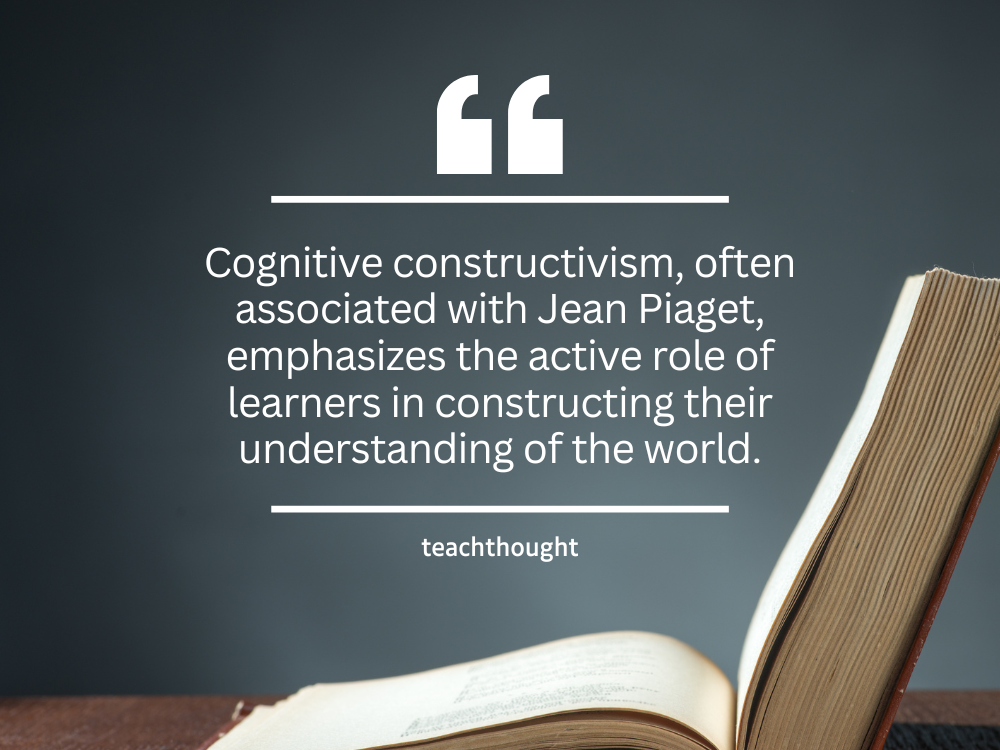Social Learning Theory
Big idea: Learners acquire behaviors and strategies by observing others and interpreting the consequences of those behaviors.
Related terms: Behaviorism; Communal Constructivism; Vygotsky’s Sociocultural Theory; Zone of Proximal Development (ZPD); Gradual Release of Responsibility (GRR); Cognitive Load Theory; Feedback Loops in Learning
Definition: Social Learning Theory, associated with Albert Bandura, explains learning as a process that occurs through observation, imitation, and the cognitive interpretation of modeled behavior and its outcomes. Learners selectively attend to models—teachers, peers, or digital sources—encode what they see, and evaluate whether those behaviors are worth reproducing based on expected consequences and perceived self-efficacy.
The theory integrates behavioral and cognitive perspectives by emphasizing both environmental contingencies (reinforcement, norms, sanctions) and internal processes (attention, memory, motivation). Rather than treating learning as solely the product of direct reinforcement, Social Learning Theory highlights vicarious learning: students can learn what is valued, discouraged, or effective simply by watching how others behave in shared learning spaces.
What it looks like in practice:
- The teacher models a think-aloud, demonstrating annotation or reasoning steps; students later mirror both the language and the structure in their own work.
- During discussion, a few students use evidence-based claims or respectful turn-taking; these discourse patterns quickly become normative across the group.
- In an induction program, novice teachers shadow experienced colleagues, internalizing routines, phrasing, and classroom management moves.
- Online study groups show similar patterns, where productive behaviors emerge as students imitate high-performing peers’ organization, feedback, and strategies.
Implementation strategies:
- Use intentional modeling: Demonstrate target behaviors explicitly (e.g., inquiry routines, calculation checks, evidence use).
- Name the criteria: When modeling, articulate why the behavior works (“This step verifies the claim; this annotation reduces ambiguity”).
- Leverage peer models: Showcase student work or reasoning that exemplifies desired strategies.
- Include guided rehearsal: Provide structured opportunities where students imitate, practice, and refine the behavior with feedback.
- Align reinforcement: Give feedback that validates the modeled behaviors you want to become habitual.
| Focus | Learning through observing and interpreting the behavior of others |
| Key Processes | Attention, Retention, Reproduction, Motivation |
| Level | Individual cognition embedded in social context |
| Typical Uses | Modeling academic behaviors, norms, discourse, and problem-solving strategies |
Citation: Bandura, A. (1977). Social Learning Theory. Prentice-Hall.
